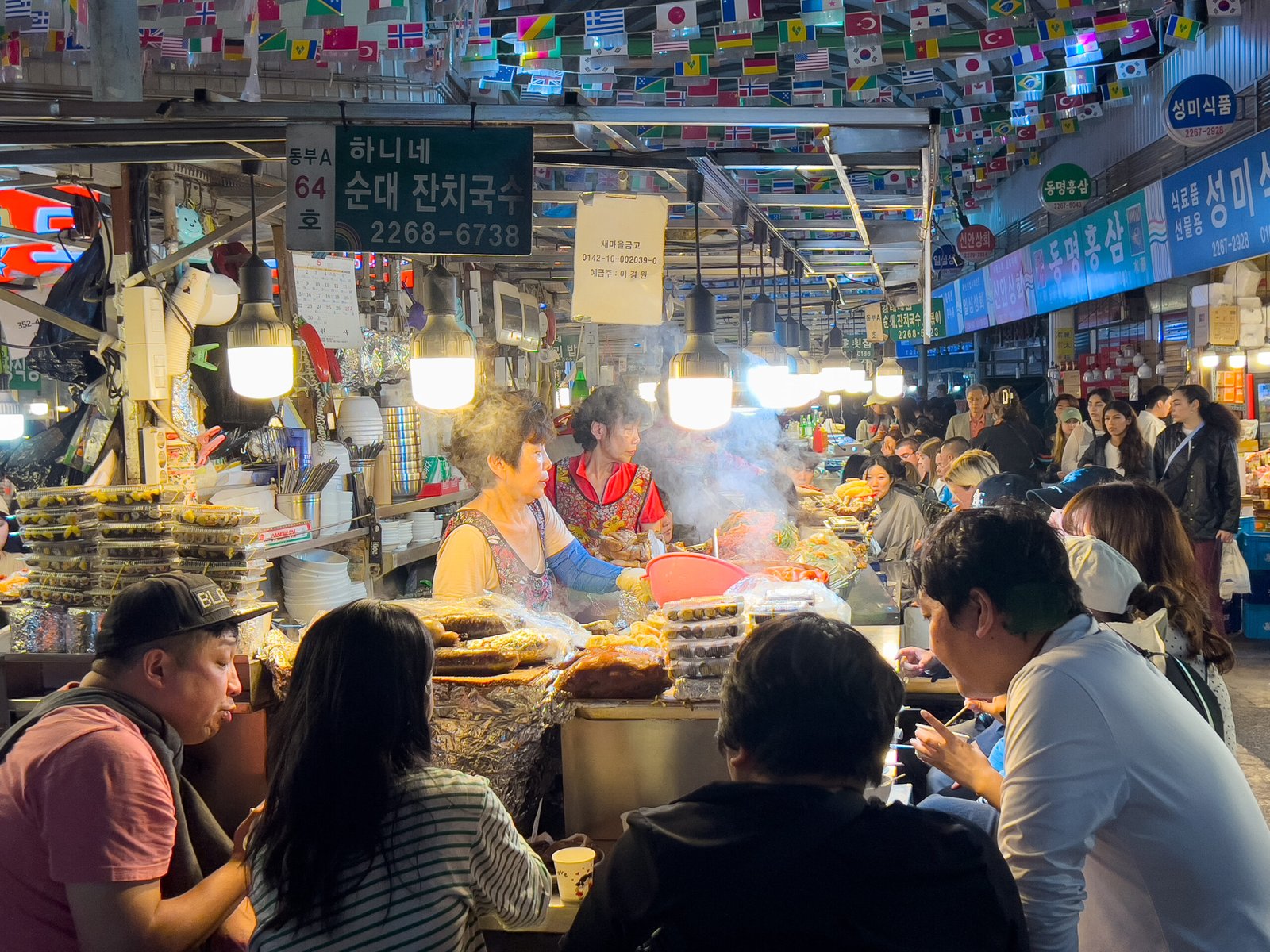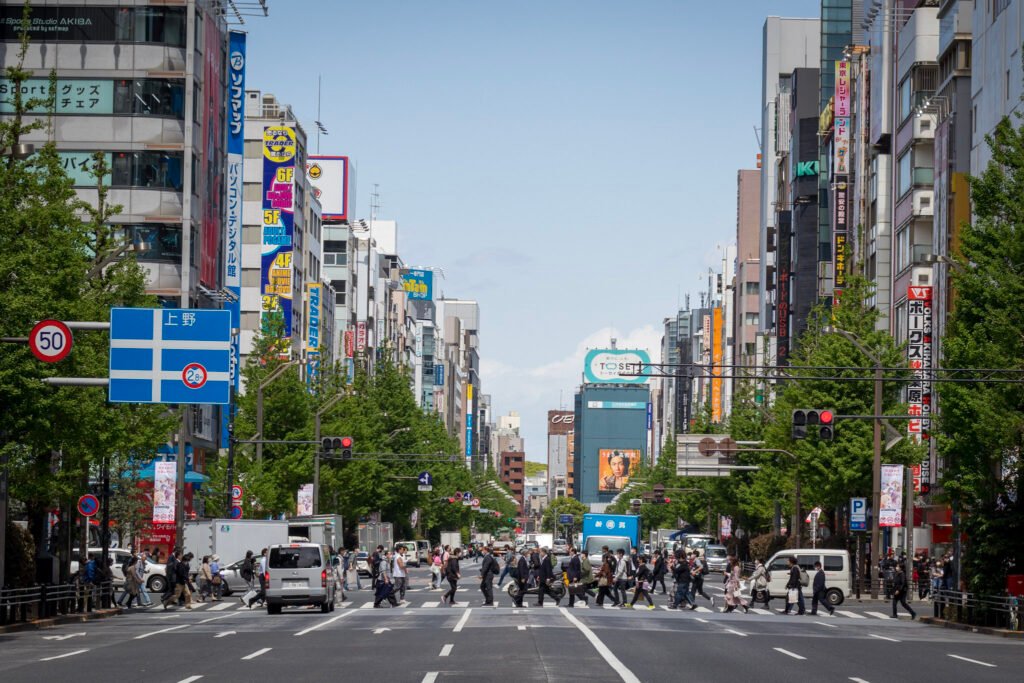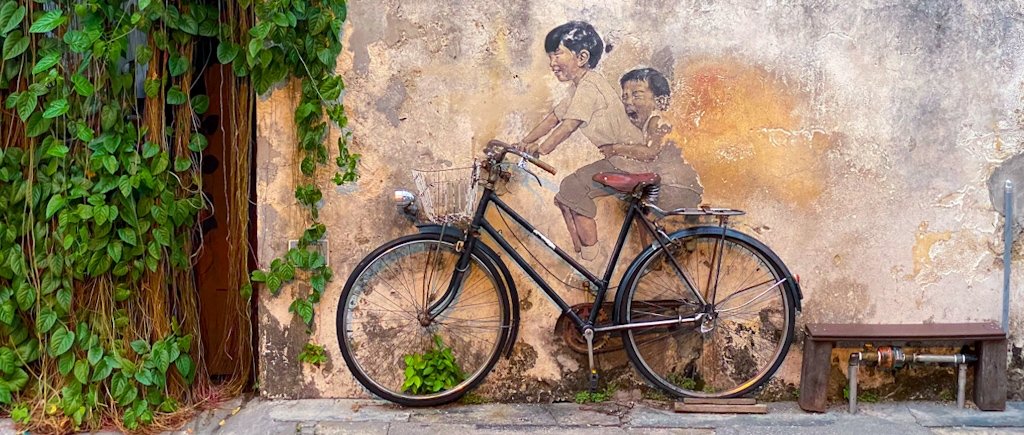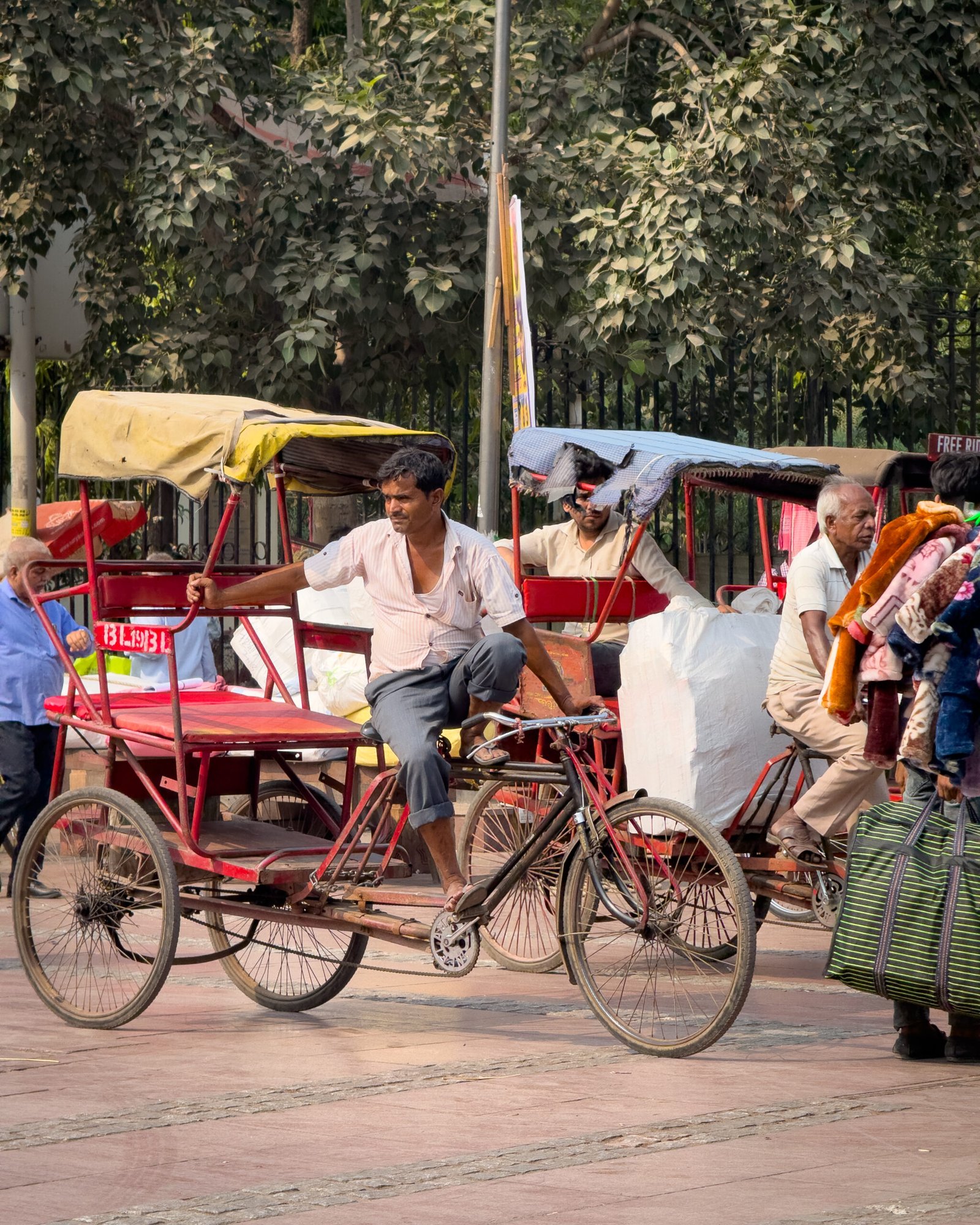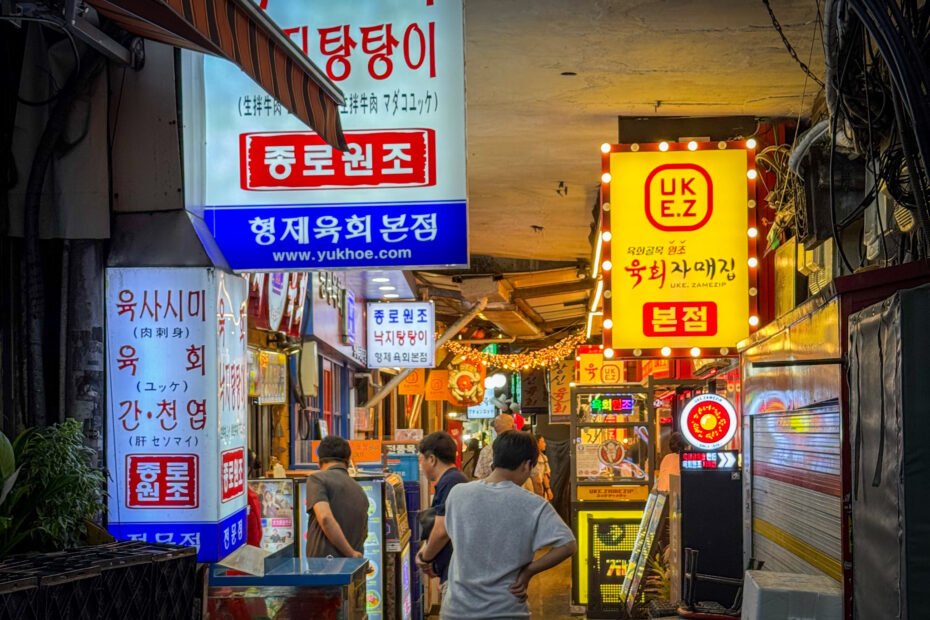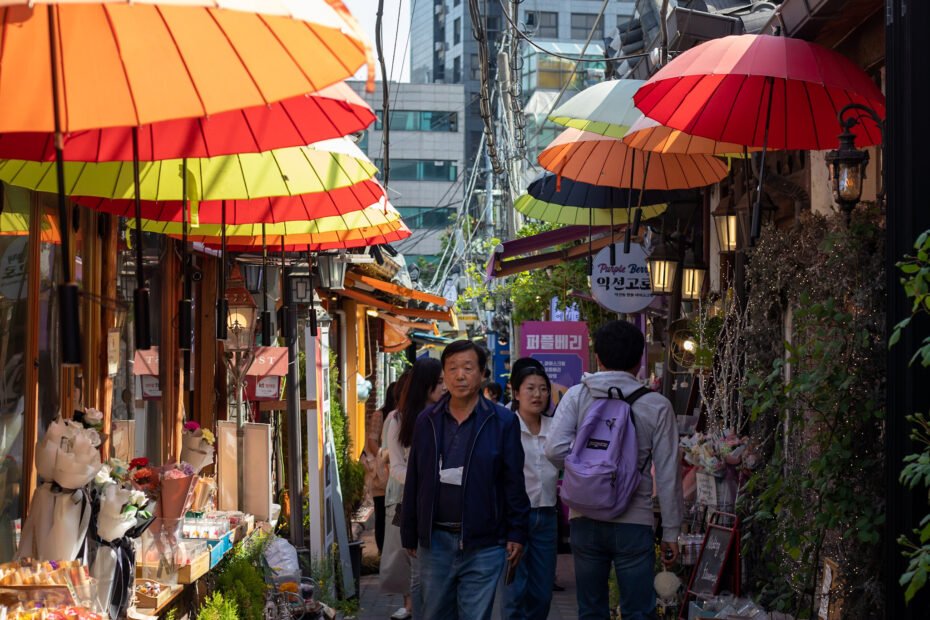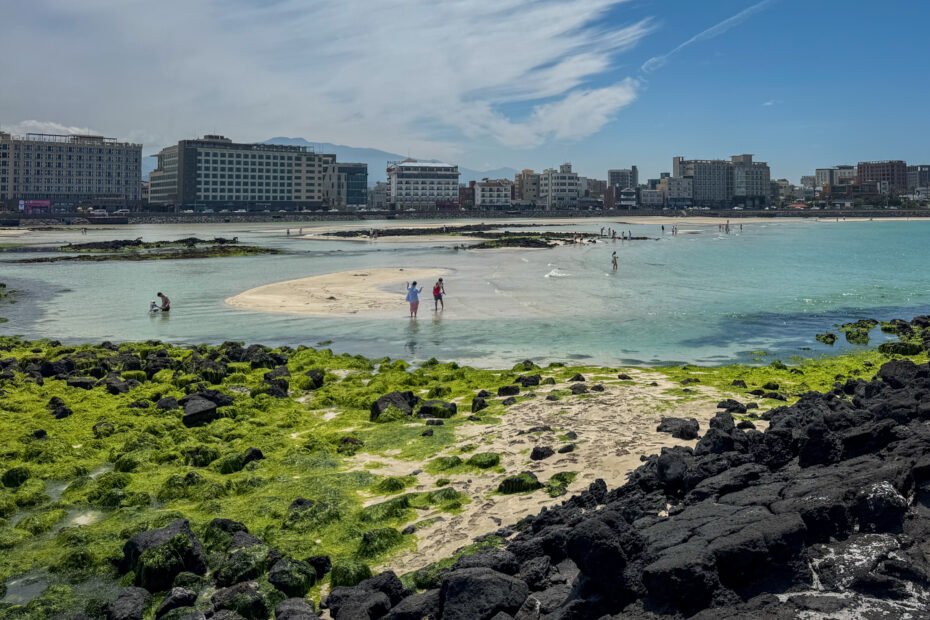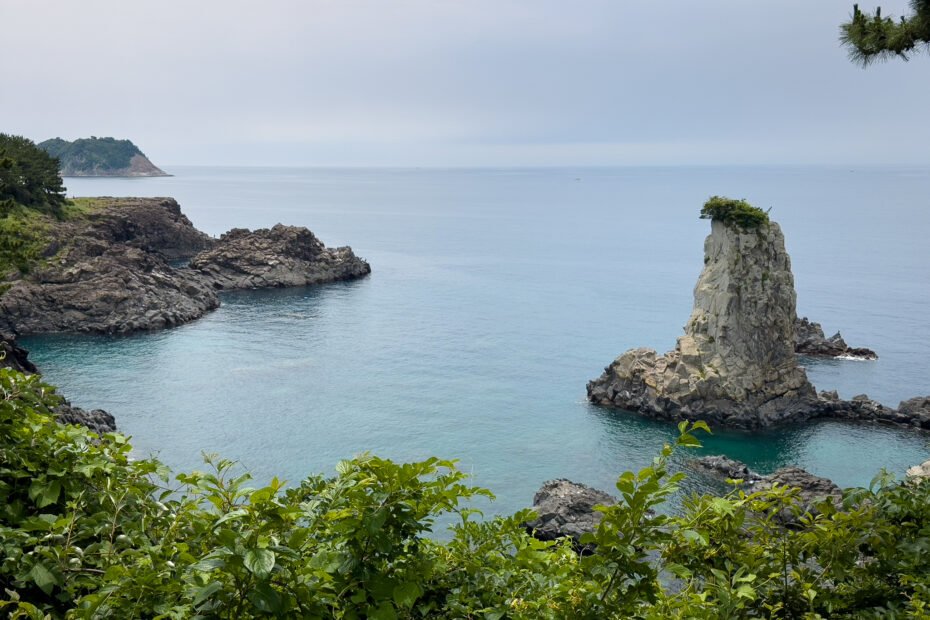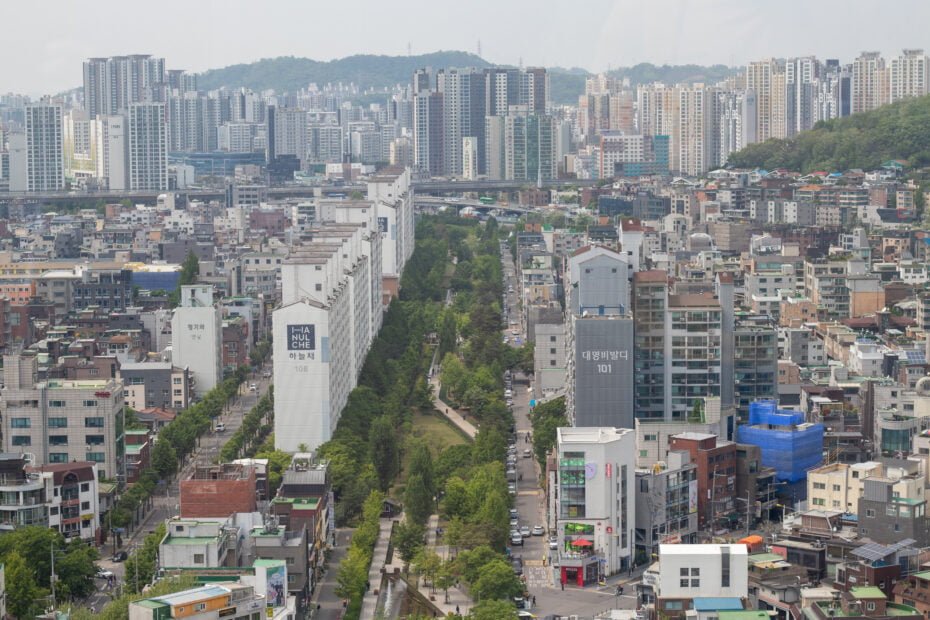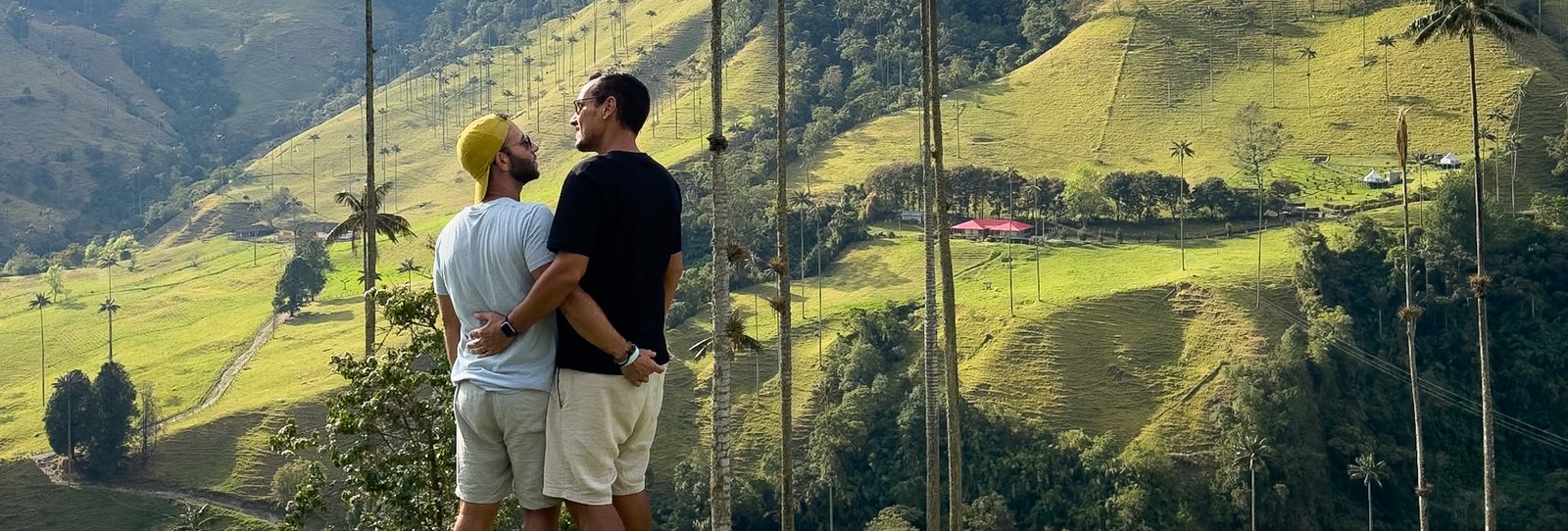Safety and Accessibility Tips in South Korea
Is it safe to travel to South Korea in 2025?
South Korea remains a safe destination for travelers, with low crime rates and high public security measures. According to the U.S. Department of State, the country offers a favorable environment for tourists, although it is advisable to stay alert in crowded areas and on public transit where minor thefts can occur. South Korean authorities continue to invest in state-of-the-art security technology, ensuring a welcoming atmosphere for visitors.
How are transportation and accessibility in South Korea?
South Korea is renowned for its advanced transportation system and excellent infrastructure. Cities like Seoul and Busan feature modern metro and bus networks with multilingual signage, elevators, and ramps for improved mobility. In 2025, new initiatives have been launched to further enhance accessibility, both in urban centers and in more remote tourist destinations.
What is the local etiquette and culture in South Korea?
South Korean culture places high value on respect, punctuality, and formality, particularly in professional settings. A slight bow or nod is a common greeting; in informal contexts, communication can be more relaxed. When visiting temples and traditional homes, it’s important to dress modestly and remove your shoes when requested. Small courteous behaviors, like keeping your voice low on public transportation, are greatly appreciated.
Is South Korea safe for LGBTQIA+ travelers?
Although South Korea does not have nationwide legislation recognizing same-sex unions, society has been showing increased acceptance—especially in major cities where the LGBTQIA+ community is becoming more visible. However, in more conservative environments, public displays of affection may be met with caution. To ensure your safety, it is advisable to exercise discretion and respect local norms, which are gradually modernizing.
